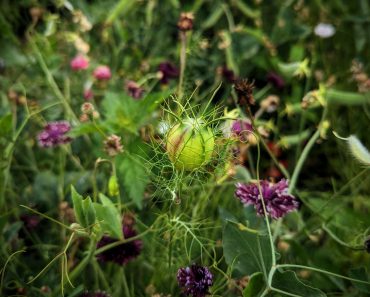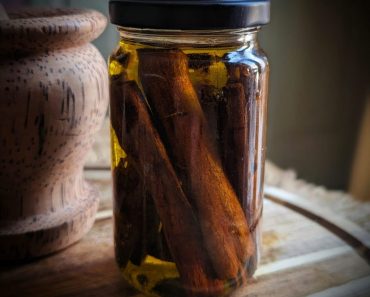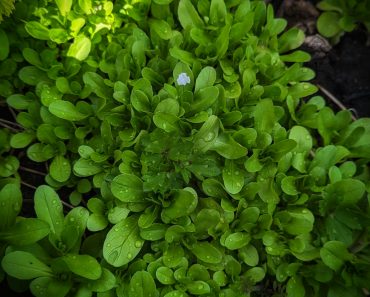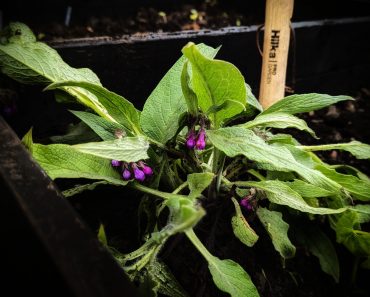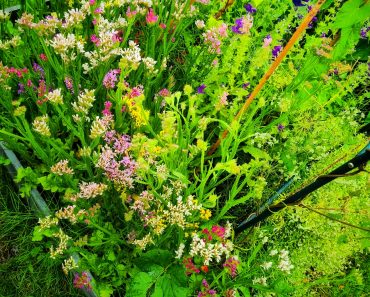Who of us has not made a daisy chain as a child! I was that kid! Every spring I would be Covered in Daisy Necklaces, Daisy Bracelets and Daisy crowns….Sit me in the middle of a Daisy covered field and I would be happily entertained for hours! In my mind, I WAS the Daisy Princess! What I didn’t know then, but learned much later, was that Daisies aren’t just a pretty carpet in spring, but have powerful medicinal benefits too….

This Post may contain affiliate links please see my disclosure policy
Did you know that for centuries the common daisy ( Bellis Perennis) has been used as a herbal medicine? And even today, research is underway to establish more thoroughly the therapeutic and medicinal benefits of this dainty plant.
Where Do The Daisies Grow!
Everywhere except Antartica! Its true! The Common Daisy originated in Europe and the more temperate regions of Asia, they then eventually naturalised in Australia and North America and now they are found on every continent on earth…except Antarctica! Bad luck Antarctica-your missing out!
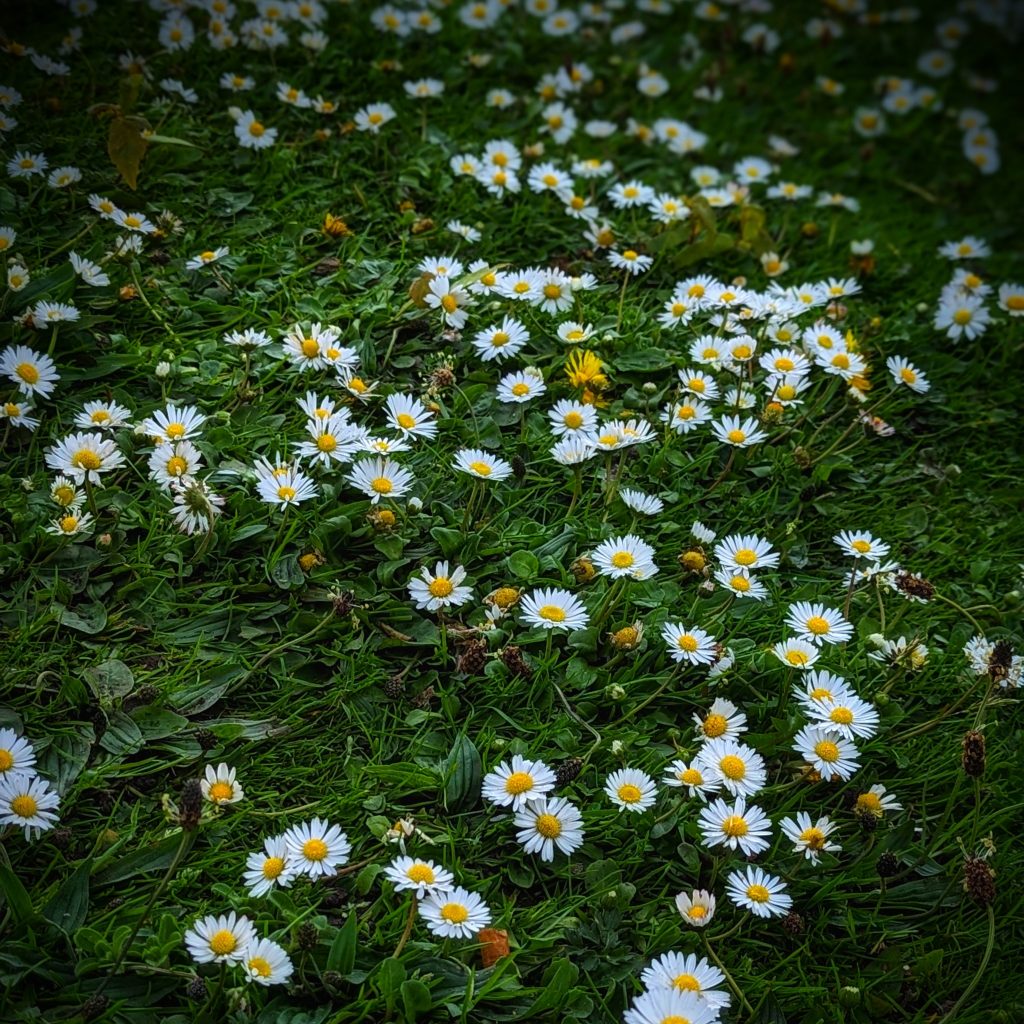
The Daisy Name
There are many species of plant that are also known as Daisies. To tell them apart the Common daisy is also referred to as Lawn Daisy and English daisy. Our English ancestors may have called them Bruisewort, Woundwort, Day’s Eye, Brainwort and Banwort. The Scottish called them ‘bairnwort’
The word Daisy is derived from the Old English word dægeseage which means “day’s eye.” The name refers to the Daisies habit of unfurling itself when touched by sunlight.
The Daisies Botanical name Bellis Perennis is derived from the Latin word bella, meaning beautiful (Of course!). And Perennis, simply meaning Perennial
Common Daisy Characteristics
Daisy Leaves are dark green, hairy and spoon shaped. They are typically 5-8 cm long and 1-2 cm in diameter.
Daisy Stems are short and slender ranging from 3-12 cm in length. Each will produce a solitary white flower.
Daisy Flowers have a central, button -like yellow disk of microscopic flowers. Surrounding it is a ring of raylike white petals.
Daisy Roots are strong and vigorous! The thick, deep roots work hard for the dainty Daisy, seeking out moisture deep below to sustain the plant.
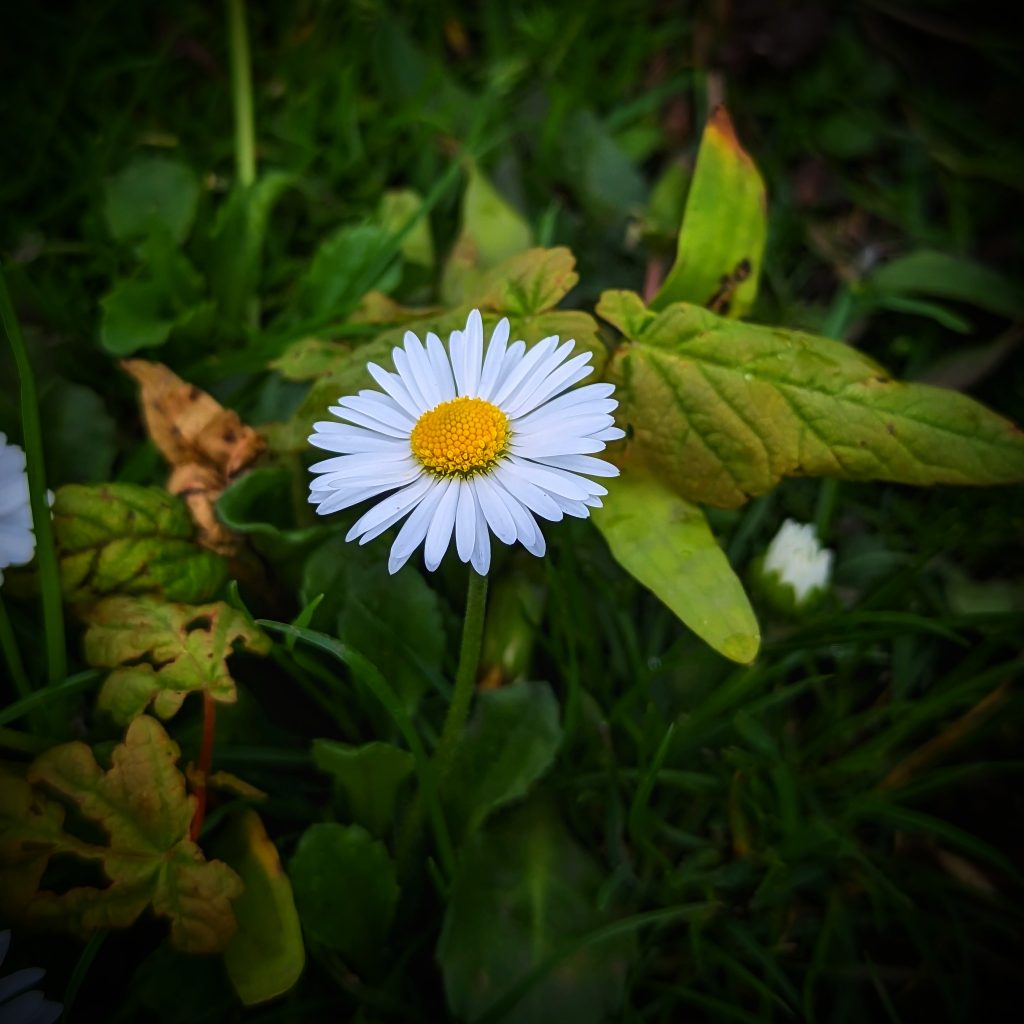
Historical Medicinal Uses of the Common Daisy
Back in old England during the 16th and 17th centuries, herbalists referred to The Common Daisy as ‘bruisewort’– For good reason! It was believed the roots and leaves of the Common Daisy could help to heal bruises and wounds, a poultice made from the plant would be applied to the affected area to speed up the healing process.
Even as far back as Ancient Rome, healers would soak bandages in the juice of daisies to bind spear and sword injuries. It would also often be used for more common ailments such as aches, pains and strains.
Medicinal Uses of the Common Daisy Today
The Health Benefits of the Common Daisy today are incredibly overlooked! Over the centuries it has largely fallen out of use in modern herbal medicine, with the emergence of more exotic and less common herbs taking the centre stage spots.
But did you know? A Daisy infused tea is full of vitamin C, which can help to relax coughs and catarrh due to its expectorant properties, also helpful with managing bronchitis and even helps with liver and kidney disorders.
A poultice made from the Daisy roots, leaves and flowers can also be effective for skin Inflammation and burns (Daisy roots and leaves are packed with antimicrobial and anti-inflammatory benefits)
Expectant mothers often use it as a homeopathic aid for preventing problems during childbirth. And a more recent study has suggested that a Daisy infused tea or tincture can be used for detoxifying and stimulating metabolism! A wonderful remedy for dieting too!… I bet you’ll never look a daisy the same way again!
With its diuretic effects daisy tea can even help with water retention and help manage swollen feet.
Ways To use the Common Daisy for Medicinal Purposes
Affiliate links
Useful Tools For Medicine Making!
Useful Tools For Foraging…
1. Make a Daisy Tea!
- Place 4-5 fresh flowers or 1 tsp of dried Daisy Flowers in a tea ball
- Place the Tea Ball In a cup and fill the cup with boiling water
- let it steep for 4-5 minutes
- Remove the tea ball and drink
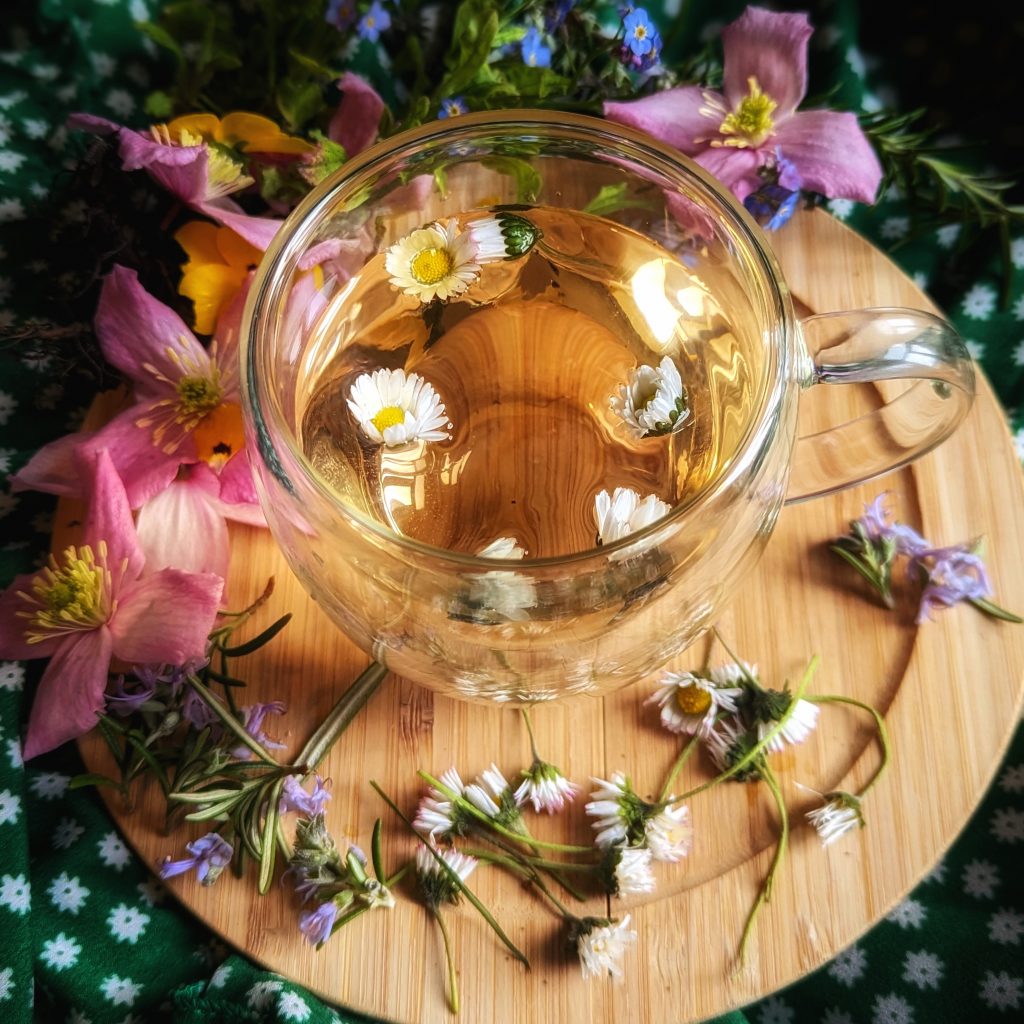
2. Make A Poultice
- Place fresh or dried leaves and flowers into a muslin cloth or even a white cotton sock!
- Tie a knot in the top of the sock or muslin and soak in hot water for 5 minutes
- Knead the sock or Muslin for a minute to soften and smush the leaves and flowers.
- Apply the warm sock or muslin Wrap to the affected area.
3. How To Make A Tincture
- Fill up glass jar with fresh or dried Daisy flowers around halfway.
- Add vodka of at least 40% strength until the flowers are completely submerged
- Place a wax disc between the lid and jar
- Don’t forget to label the jar
- Place the jar out of direct sunlight and shake once a day for 1 month
- After the month, sieve the liquid through a cheesecloth, separating the flowers from the liquid
- Store the liquid tincture in a dropper bottle
To use a Tincture– Using a dropper, drop a small amount into the mouth, just under the tongue. Hold the tincture in the mouth for around 30 seconds before swallowing
4. Make A Salad!
Are daisies edible? Yes, Common Daisies are edible! Did you know? that daisies contain nearly as much vitamin C as lemons! Add them to your plate for a pretty pop of colour and a health boost!
When To Forage For Daisies
When are Daisies in Bloom? Common daisies flower between Spring and Autumn (March-October)
When To Harvest Daisies for Medicinal Purposes? They are at their most potent during Summer once they have soaked up all those beautiful Sun Rays!
When To Harvest Daisies For eating? Daisies can be harvested at any time for eating, however, they are most tender in Spring
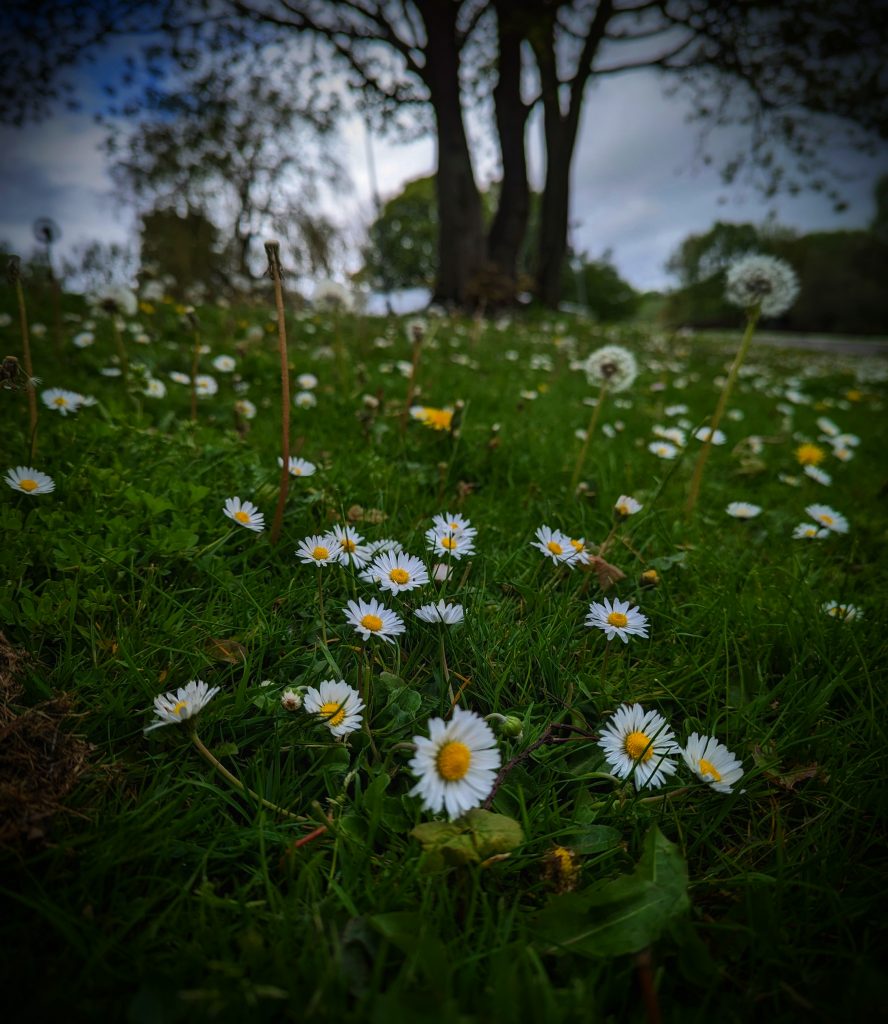
More Herbal remedies
- Milk Thistle Tea
- Dandelion salve
- The Benefits Of sage
- How To Use Herb Robert
- Nettle Tea
- Raspberry Leaf Tea
- Feverfew Tea
- Horsetail Tea
- Cleavers Tea
Love A Bit Of Foraging? Take A Look At These Posts…
How to Use Horsetail in a Healing Tea
Hot to Forage and Use Cleavers
How To Forage For Three Cornered leek
How To Make Dandelion Root Tea
Looking For More ‘Homely’ Inspo ?
Have a Nosey Around the Blog! See what i’ve been Baking, Growing and Drinking! Also, pop over and say Hi on Instagram
*Any specific health claim or nutritional claims or information provided on the Website are for informational purposes only. Nothing on the Website is offered or intended to be a substitute for professional medical, health, or nutritional advice, diagnosis, or treatment. This Website is not intended to diagnose, treat, cure or prevent any disease. You assume full responsibility for consulting a qualified health professional regarding health conditions or concerns.

